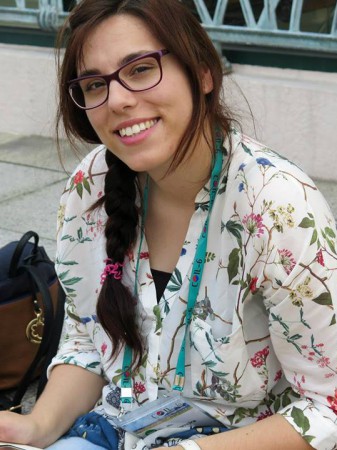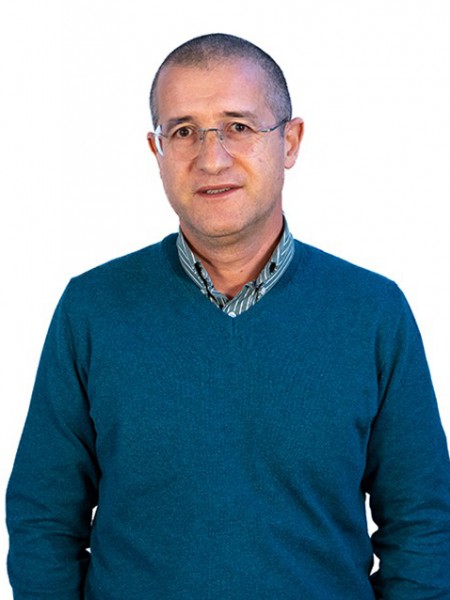abstract
In the past few years, an increasing demand for therapeutic drugs obtained from natural products has been faced. Amongst the bioactive natural compounds with pharmacological properties, 7-hydroxy-matairesinol (HMR) has been commercially available since 2006 as a nutritional supplement due to its anticarcinogenic and antioxidative properties. The extraction of HMR from biomass is usually performed with sequential soxhlet extractions using volatile organic solvents (e.g. acetone, and water-acetone and water-ethanol mixtures). To avoid the use of volatile organic solvents, aqueous solutions of analogues of glycine-betaine ionic liquids (AGB-ILs) were here studied as alternative solvents for the extraction of HMR from knots of Norway spruce trees. A response surface methodology (RSM) was used to optimize the extraction operational parameters, in which extraction yields up to 9.46 wt% were obtained with aqueous solutions of AGB-ILs at 1.5 M and 25 degrees C. Furthermore, the cytotoxicity of the IL aqueous solutions containing the HMR extract was assessed in a macrophage cell line, as well as their anti-inflammatory potential via reduction of lipopolysaccharide-induced cellular oxidative stress. It was found that the antioxidant and anti-inflammatory potentials of IL aqueous solutions enriched in HMR are more promising than the recovered HMR-rich solid extracts and that these solutions can be safely used in nutraceutical and cosmetic applications. These results bring new perspectives into the design of new integrated approaches for the extraction and direct application of naturally derived high-value compounds using adequate ILs, without requiring an additional step involving the target product recovery and solvent recycling.
keywords
POTASSIUM ACETATE HMR/LIGNAN(TM); ANTIOXIDANT ACTIVITY; PICEA-ABIES; LIGNANS; BIOMASS; ENTEROLACTONE; CHINENSIS; STEMWOOD; PRODUCTS; FRUITS
subject category
Chemistry; Science & Technology - Other Topics
authors
Ferreira, AM; Morais, ES; Leite, AC; Mohamadou, A; Holmbom, B; Holmbom, T; Neves, BM; Coutinho, JAP; Freire, MG; Silvestre, AJD
our authors
Groups
G4 - Renewable Materials and Circular Economy
G5 - Biomimetic, Biological and Living Materials
acknowledgements
This work was developed within the scope of the project CICECO-Aveiro Institute of Materials, POCI-01-0145-FEDER-007679 (FCT Ref. UID/CTM/50011/2013), and the project DeepBiorefinery (PTDC/AGR-TEC/1191/2014), financed by national funds through the FCT/MEC, and when appropriate co-financed by the FEDER under the PT2020 Partnership Agreement. A. M. Ferreira acknowledges the FCT for PhD grant SFRH/BD/92200/2013. The authors acknowledge funding from the COST Action CM 1206 EXIL - Exchange on Ionic Liquids.







